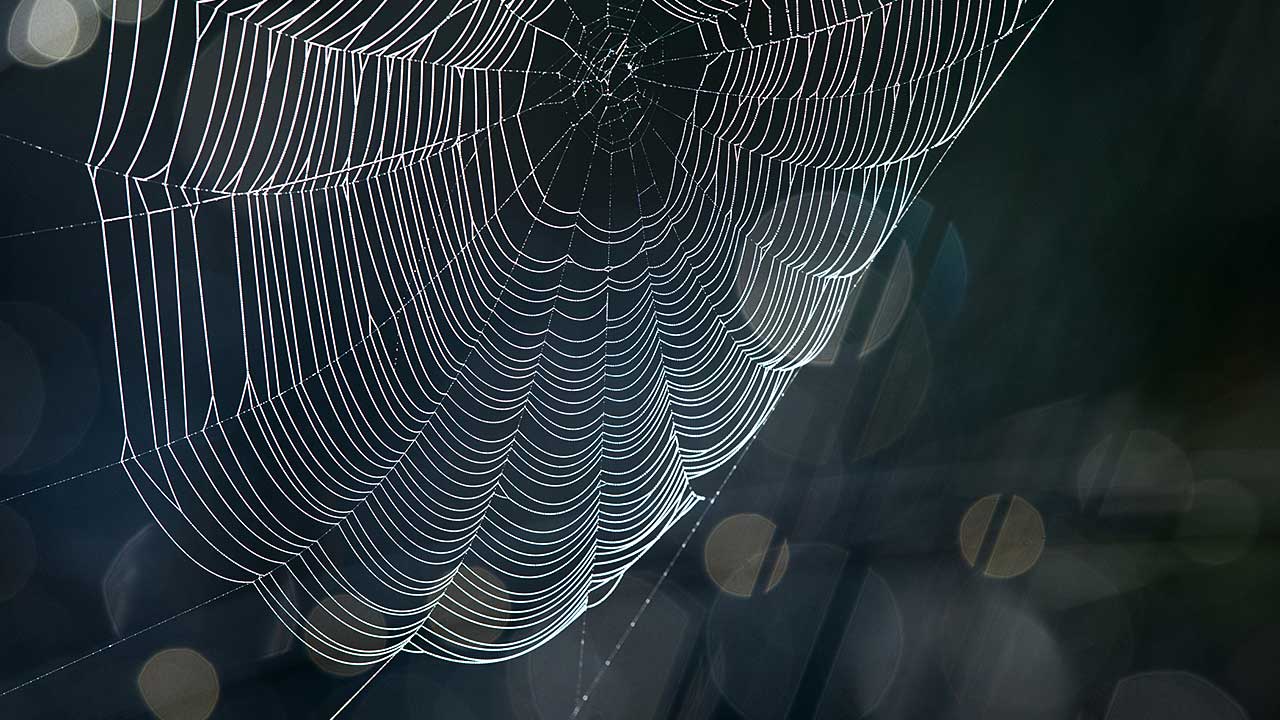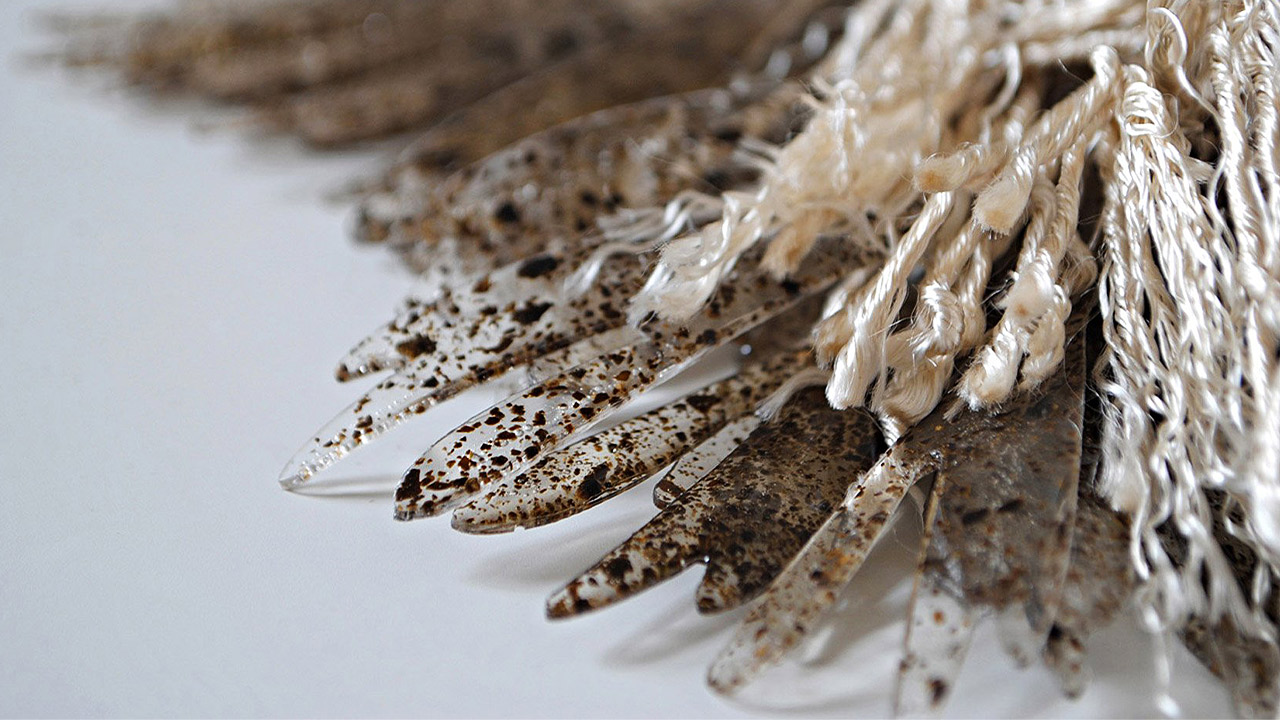New technological achievements are advancing many areas of urban and residential life, and that includes architecture and construction. Research into innovative materials allows teams to better realize their visions, lower construction costs, and provide responsive options that lead to better and safer buildings.
While many traditional materials are still in use, new building materials are emerging that may change how we view a building’s strength, flexibility, and durability. From enhancing more traditional materials like wood, concrete, and graphene, to finding new ways to synthesize and utilize biological products like spider silk and compost, there are many exciting endeavours taking place in the field. Here are a few of the promising materials that architectural design technicians might one day get their hands on.
Creating Balsa and Transparent Wood
Balsa wood is a useful building material due to its durable and lightweight properties, but it is difficult and expensive to cultivate naturally. In order to produce an inexpensive, waste-reductive synthetic equivalent for widespread use, a cellular composite made of carbon fibre which mimics the biological design of balsa wood is being developed. Professionals who attended a school for architectural design technology might one day see this material become commonplace.
Similarly, a team of researchers in Sweden is working on a process that removes the lignin from wood, which gives it its natural colour. They are looking to add a transparent polymer to even out its appearance. This is not a synthetic creation. Instead, it involves modifying natural materials to have better thermal properties as well as become stronger and more durable.
Will Graduates of Architecture Courses one day see Synthetic Spider Silk?
When it comes to building material, spider silk is probably not the first thing to come to mind. For spiders themselves, however, it has been a useful and resilient tool for building their homes for a long time. In fact, spider silk offers unique benefits to students in architecture courses who may want to use it in their designs.

Synthetic spider silk is a promising building material
Spider silk is perhaps one of the most durable materials in the natural world. It has a very high strength capability and low density. It’s strength, durability, and resilience makes a synthetic or equivalent material highly-sought after as a construction material. Recently, 3D printing techniques and laboratory DNA recombination have been making strides in creating a synthetic version of spider silk that can be used in construction.
Self-Repairing Concrete
One of the main issues with concrete is that, although it is durable, it can sustain damage and grow cracks, which allows water to enter and corrode steel reinforcements, compromising the integrity of the structure as a whole and increasing production and maintenance costs.
The development of bio-concrete which has the ability to repair itself, naturally, has the attention of graduates of architectural design technology courses, not to mention the entire industry. Some researchers are attempting to develop self-healing concrete with the help of inorganic and organic compounds, bacteria, and polymers. If successful, this would allow infrastructure elements to recover quickly and effectively, and reduce the need for human intervention.
Do you want to complete training for a rewarding career?



